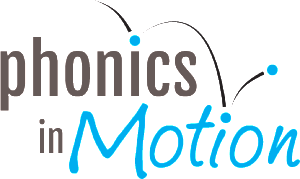Phonemic Awareness is one of the basic skills of early literacy. Are you doing enough to improve phonemic awareness skills in your classroom?
Read moreSounds and Letters: How Kids Learn To Read
One of the cornerstones in early education is teaching children to connect sounds with letters and letter combinations. Students need to know that sounds can change depending on how they are used. The knowledge of letters and the sounds they make will guide students through the reading process. Reading starts with sounding out words […]
Read moreAn Inclusive Classroom Benefits Students in All Stages of Early Literacy
Mark loves to build things. Lainey loves to act things out. Cameron loves to draw. Marquis is a dancer and loves to move! Research shows that an inclusive classroom benefits all students. When planning, we need to focus equally on what children learn, and how they learn. Learners have different learning styles to acquire knowledge, […]
Read moreMoving Beyond Sound Walls: PIM’s Approach to Reading Instruction
Traditionally, primary education classrooms have utilized word walls. While they may have been somewhat successful, literary science shows that early learners respond better to and have better learning outcomes from sound walls. The problem is, word walls are often not used frequently throughout the whole year. Why? Teachers end up ditching them when they realize […]
Read more
